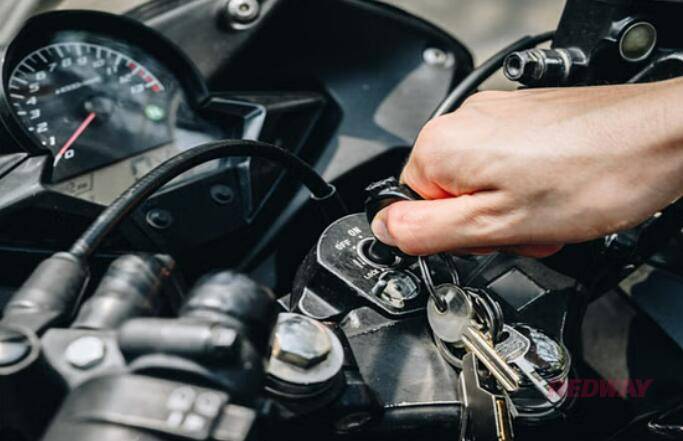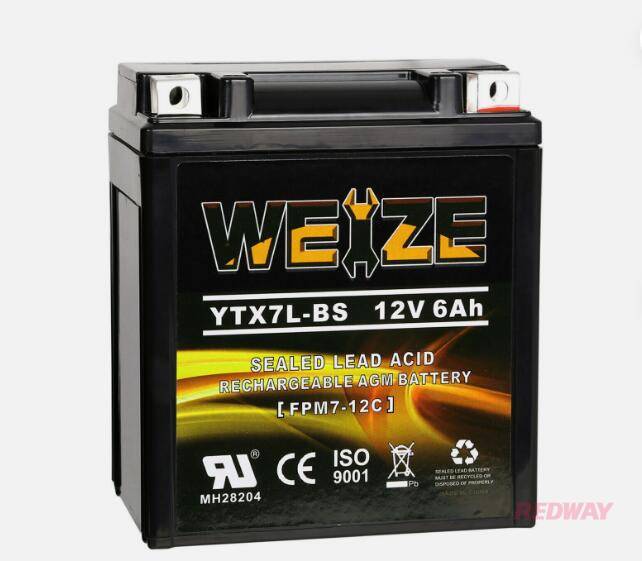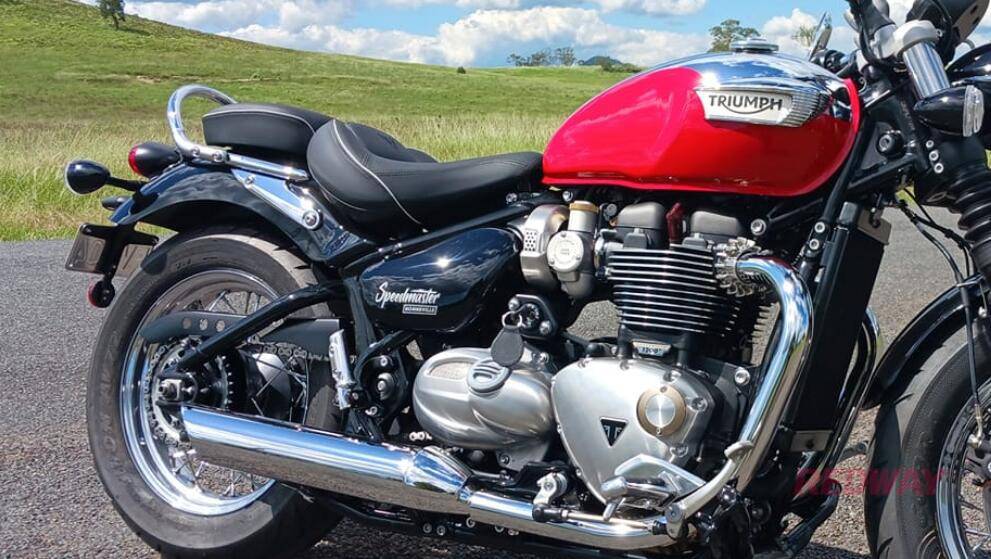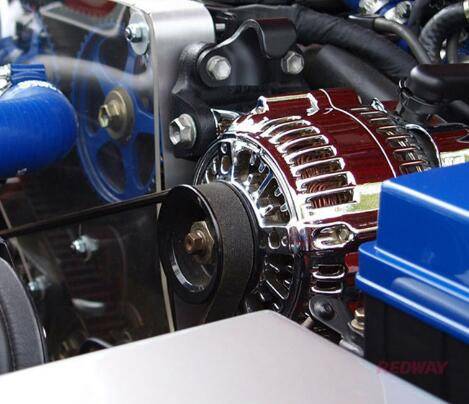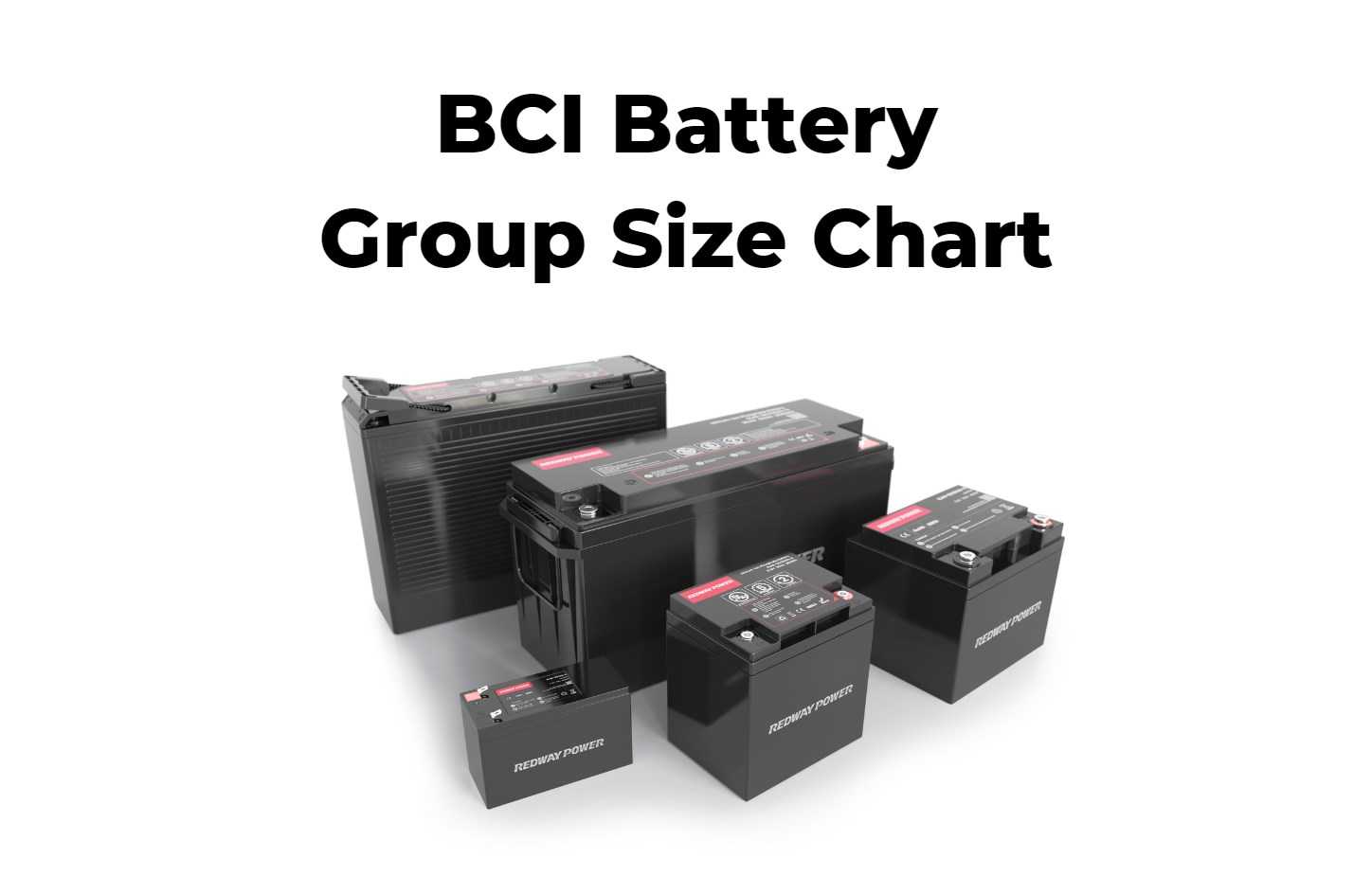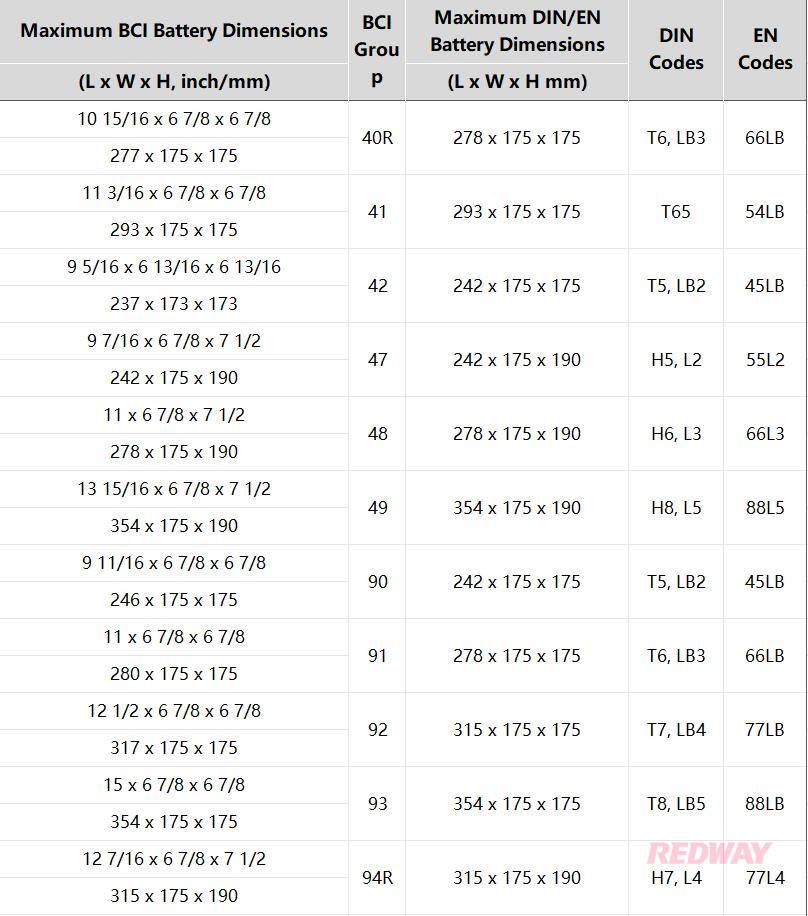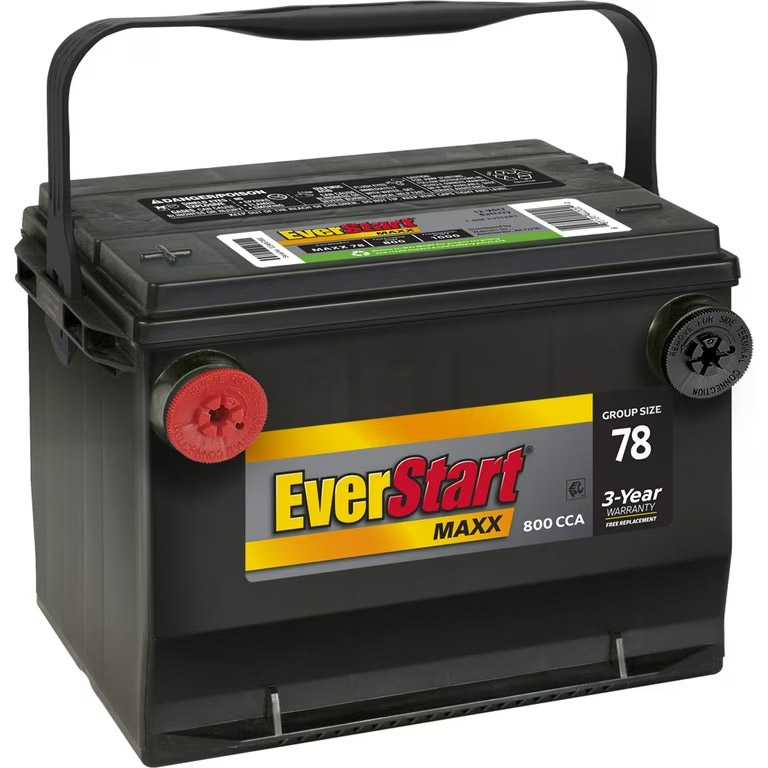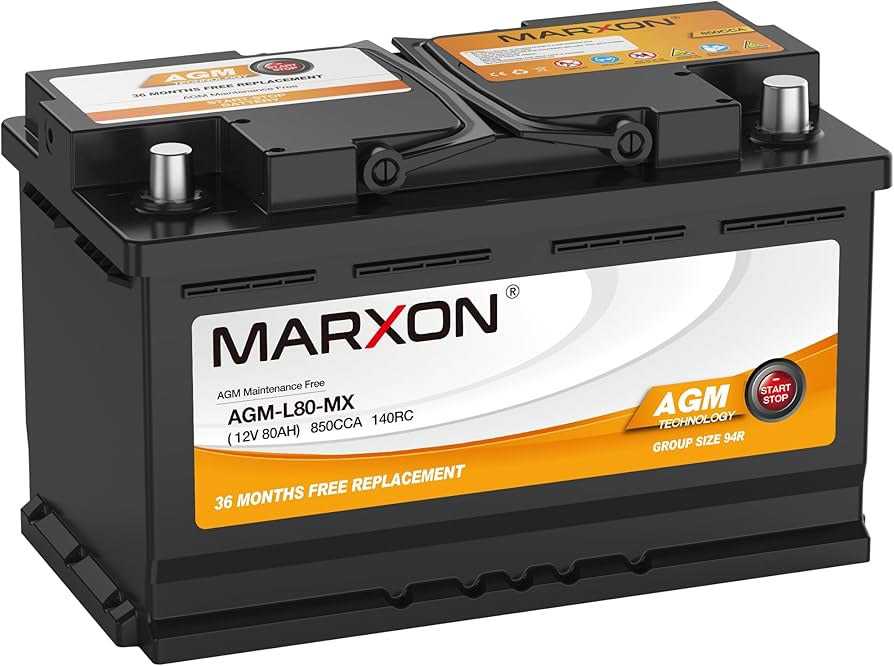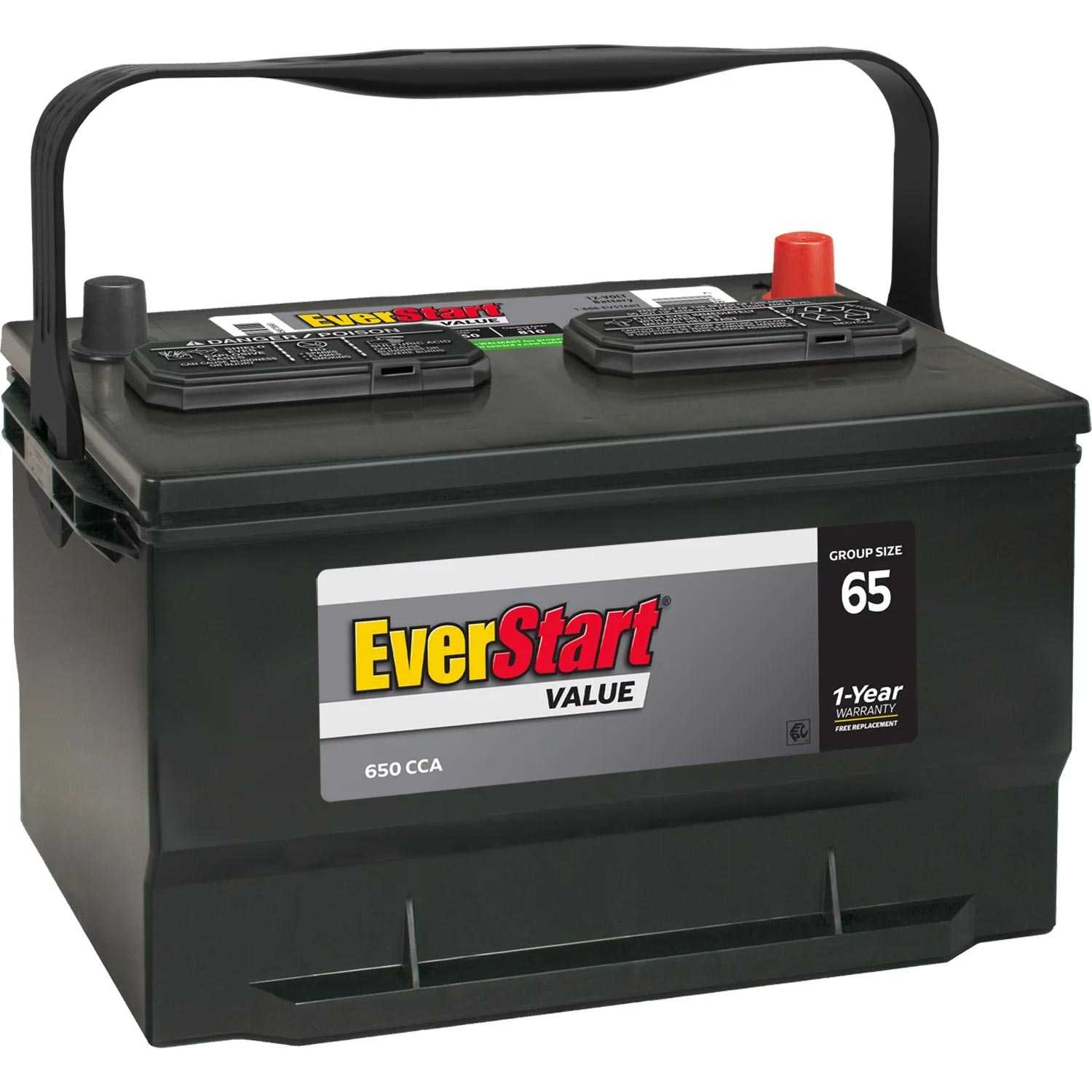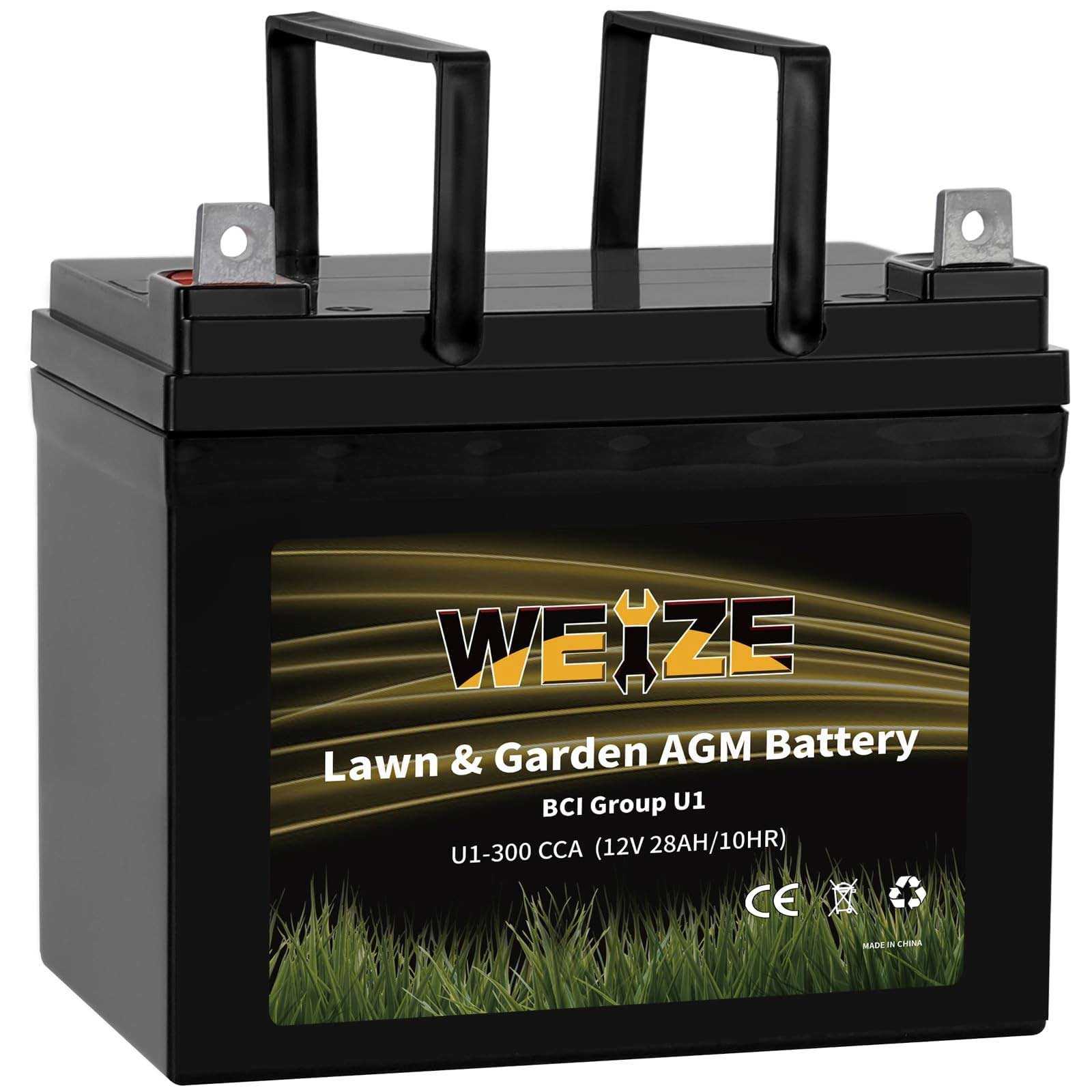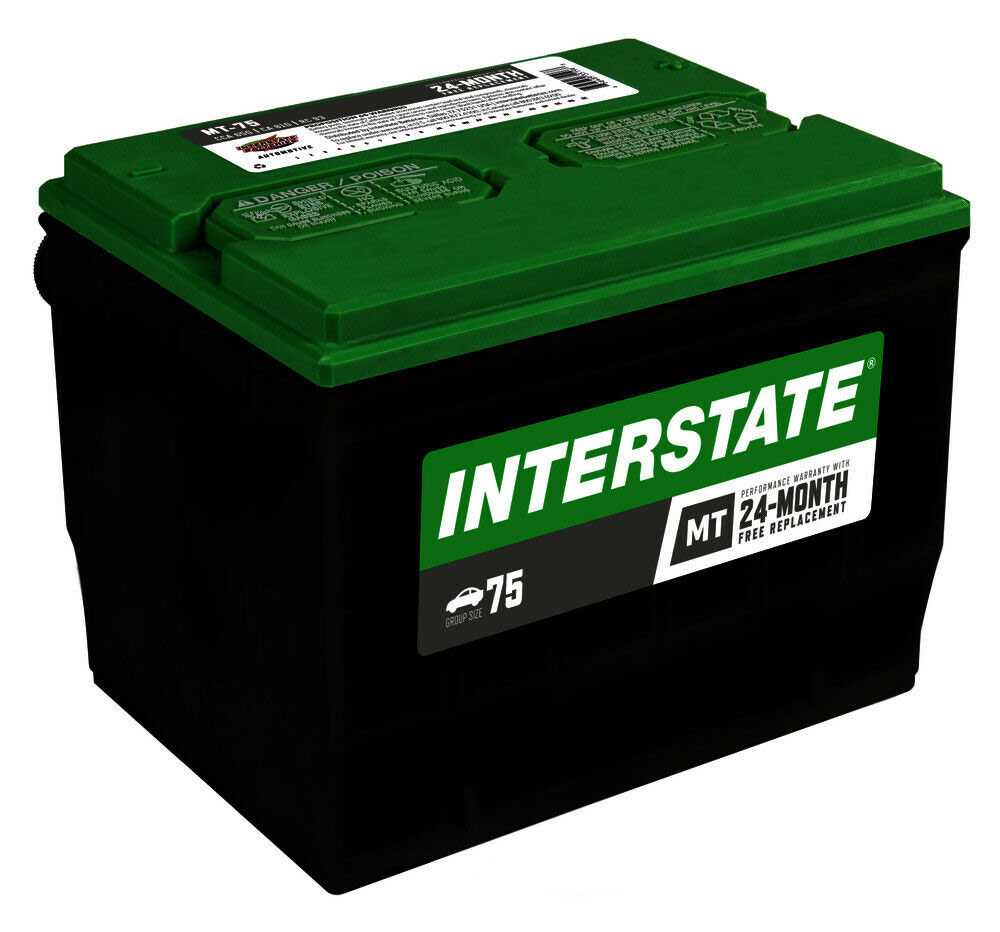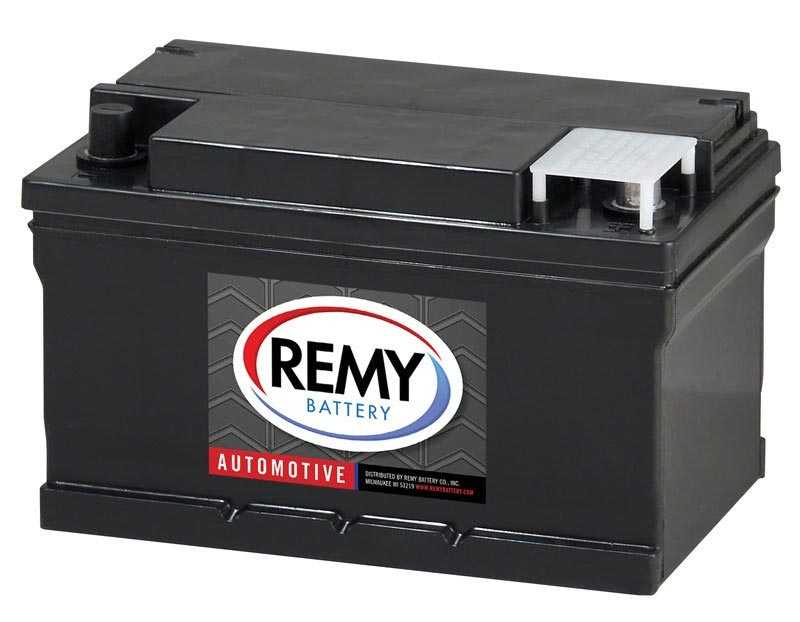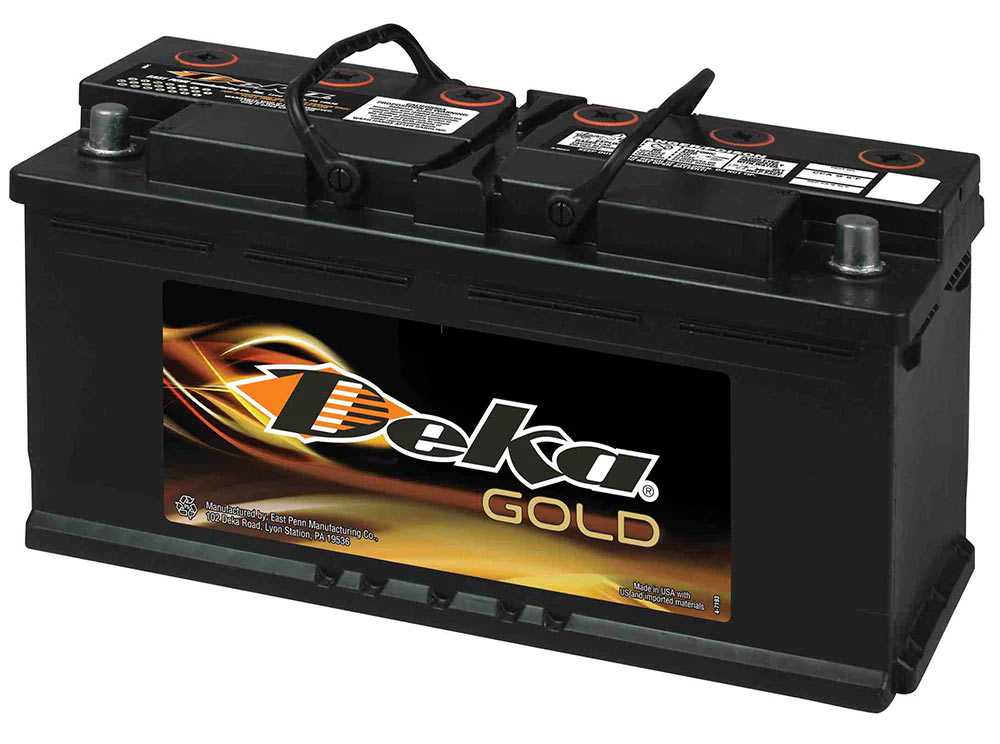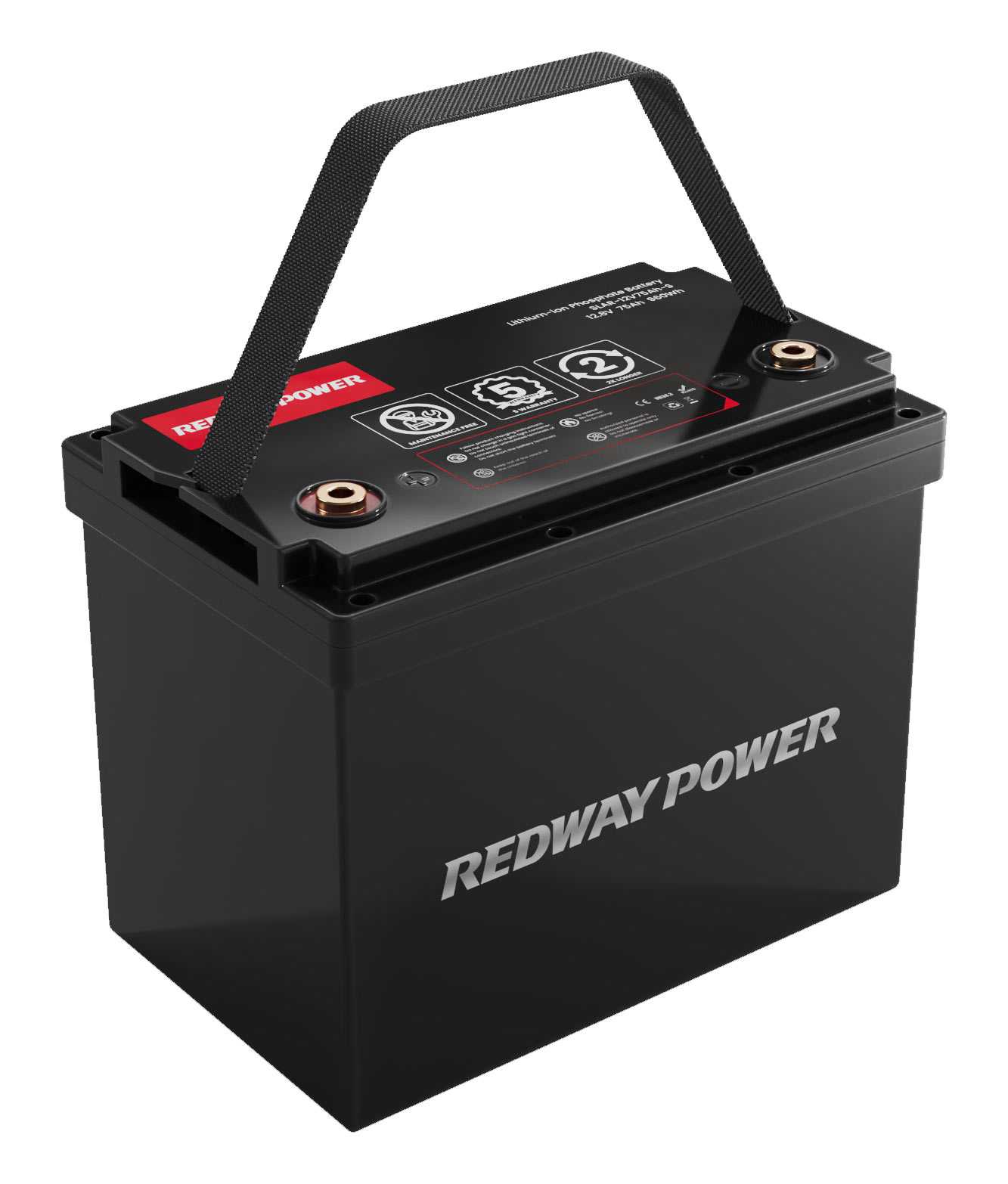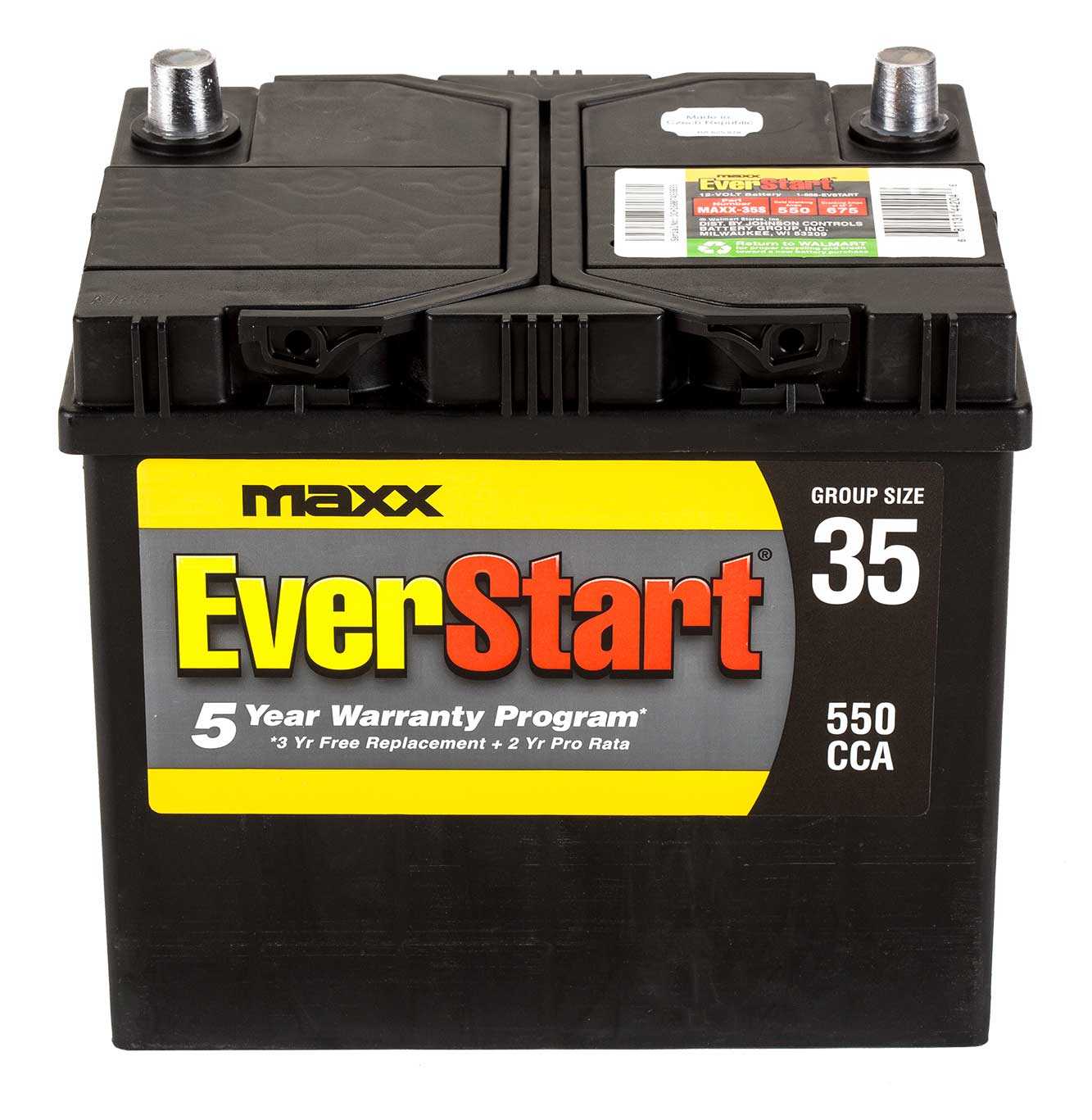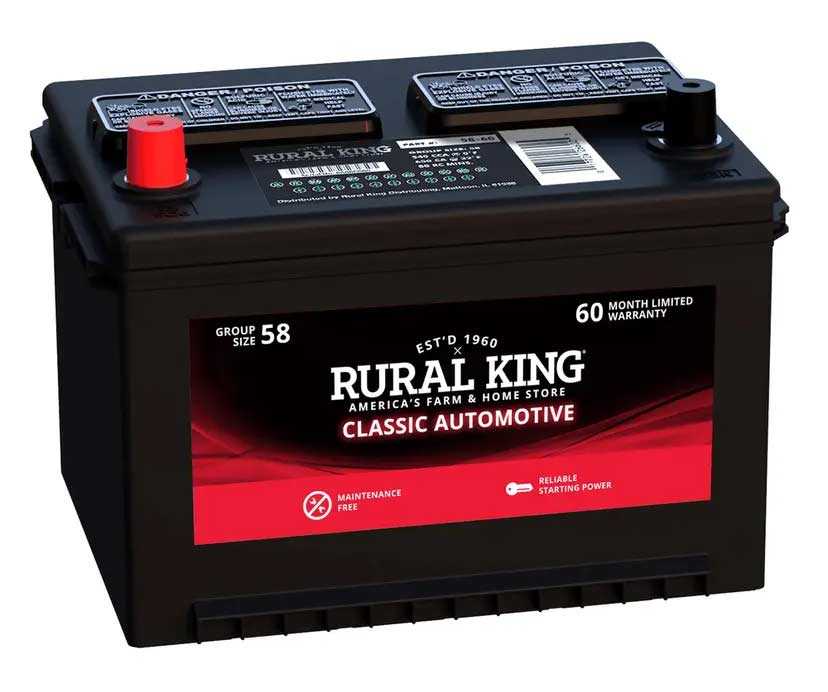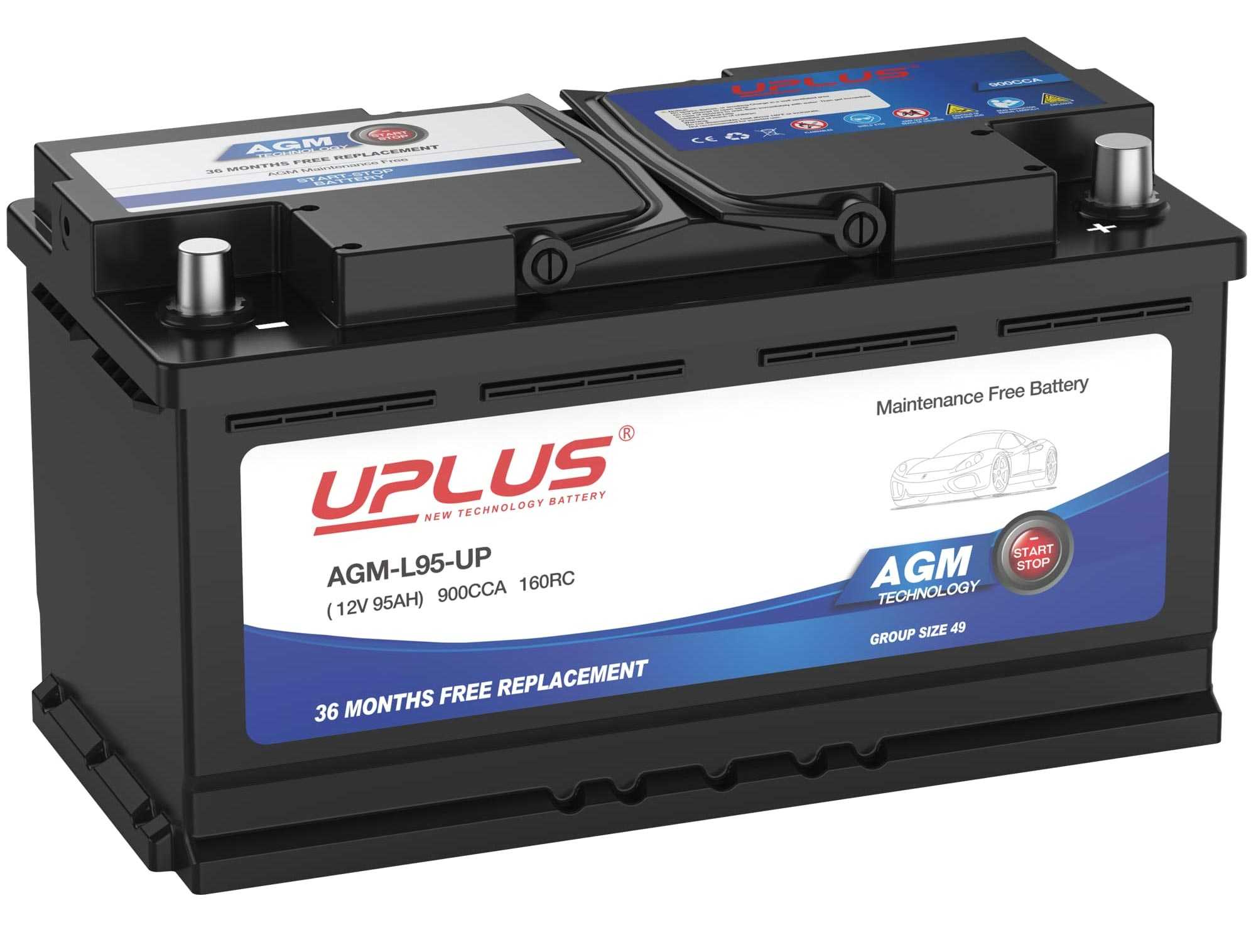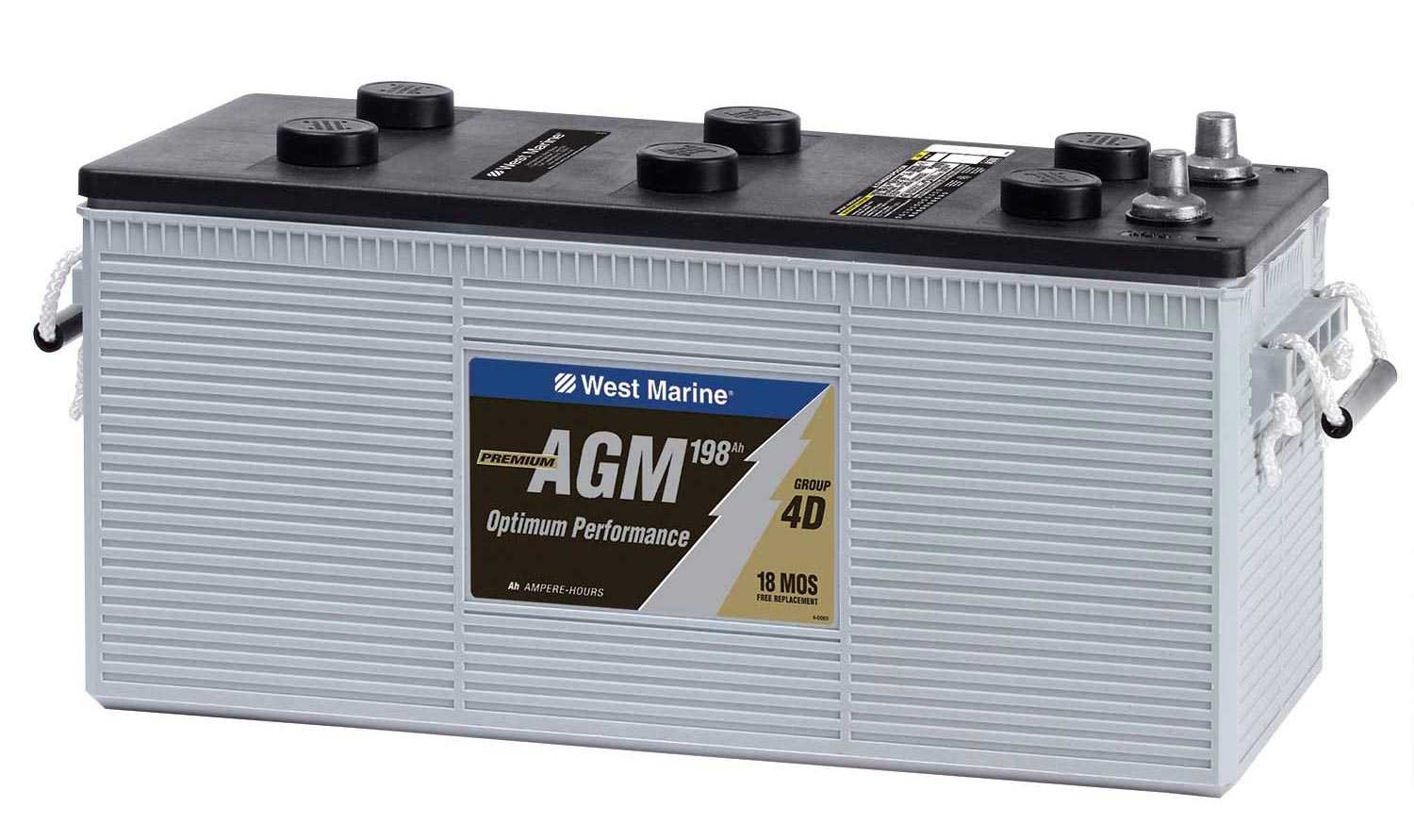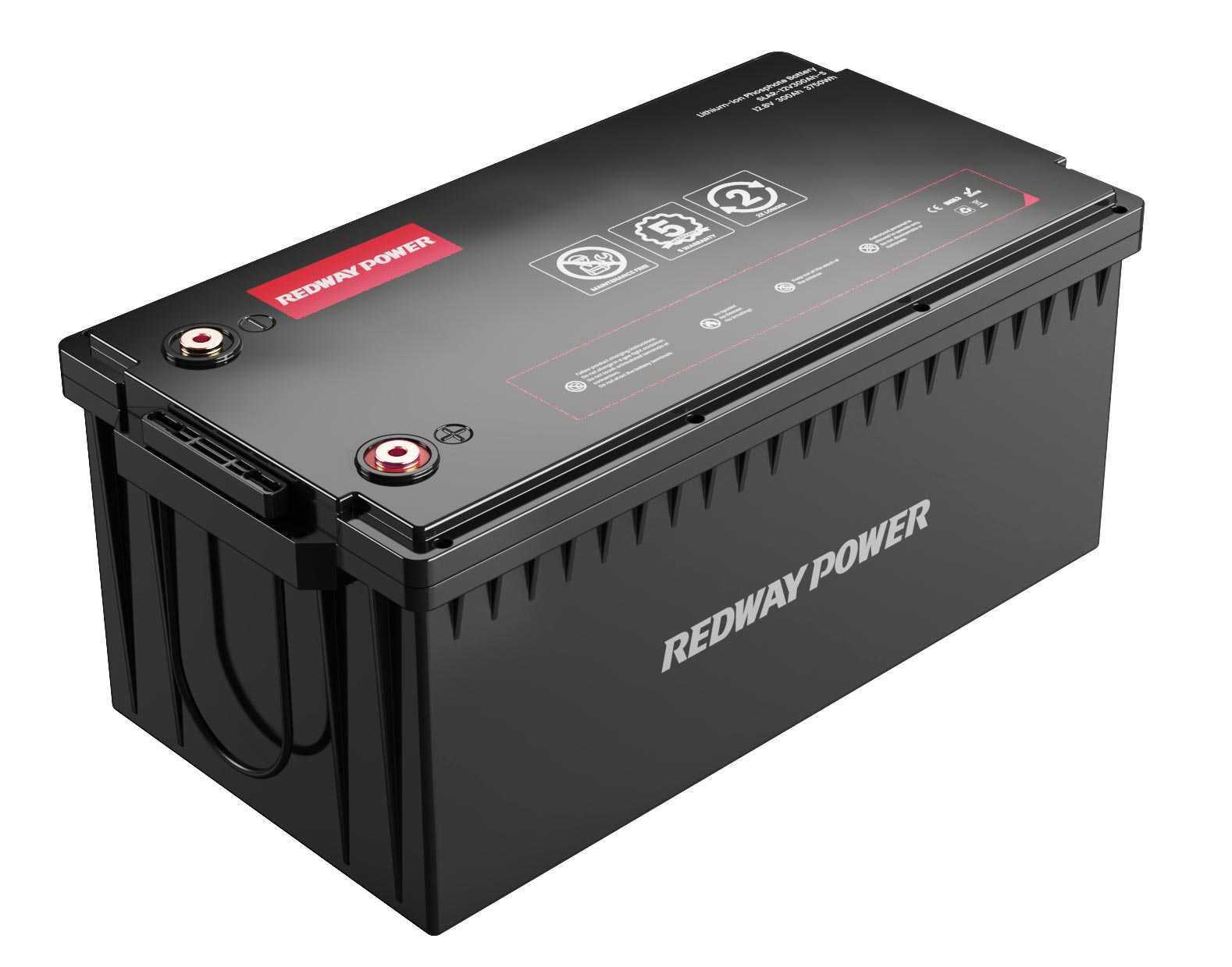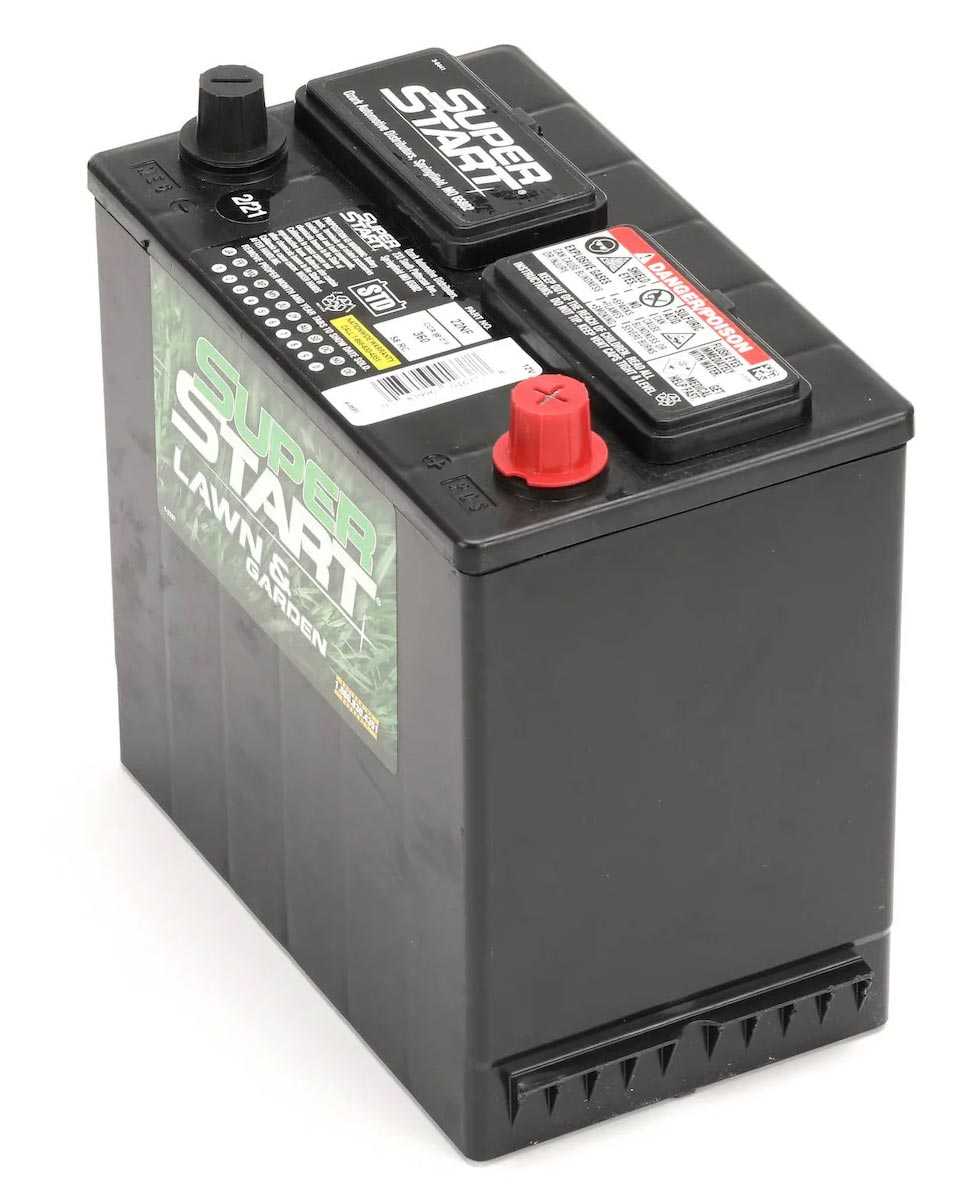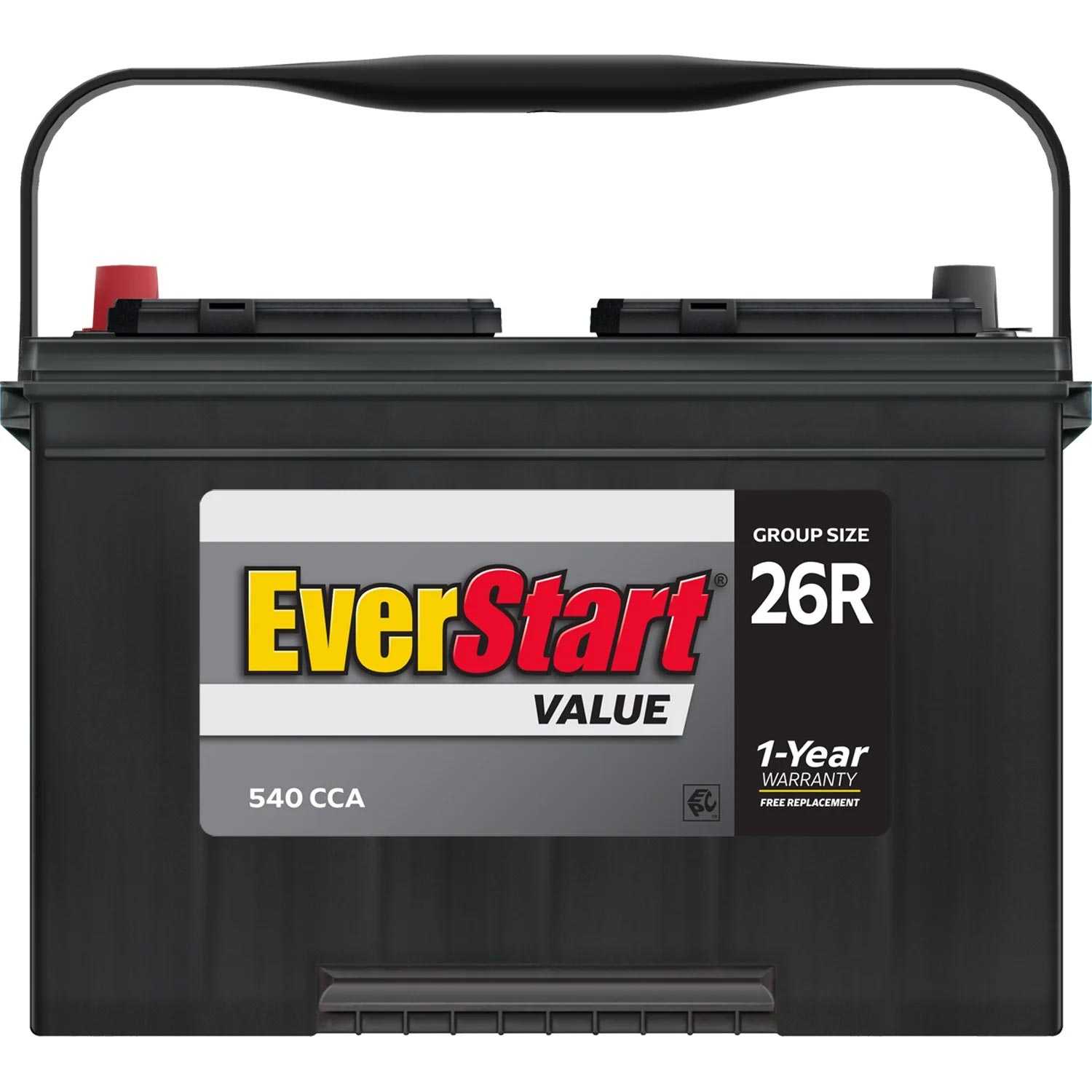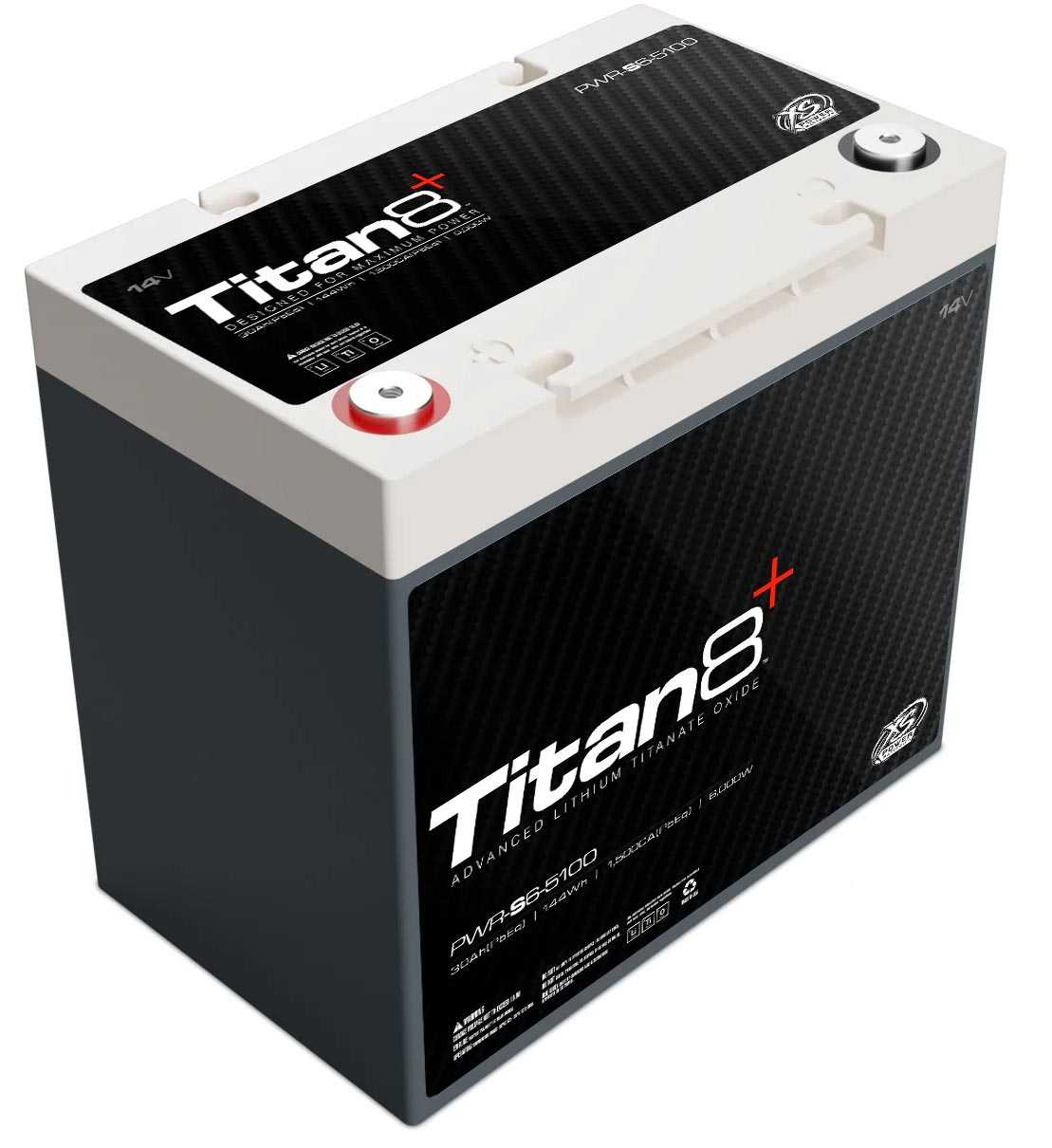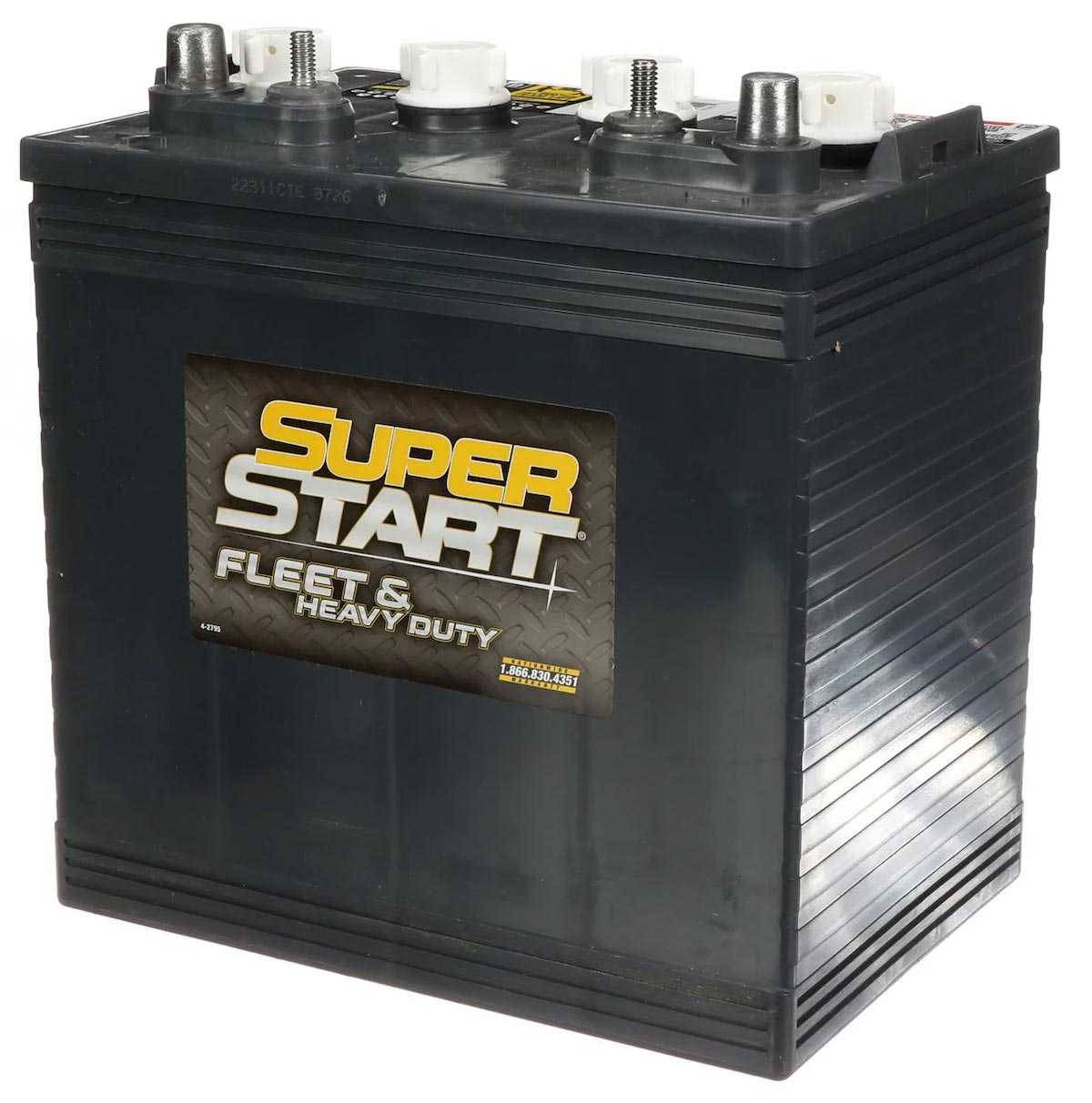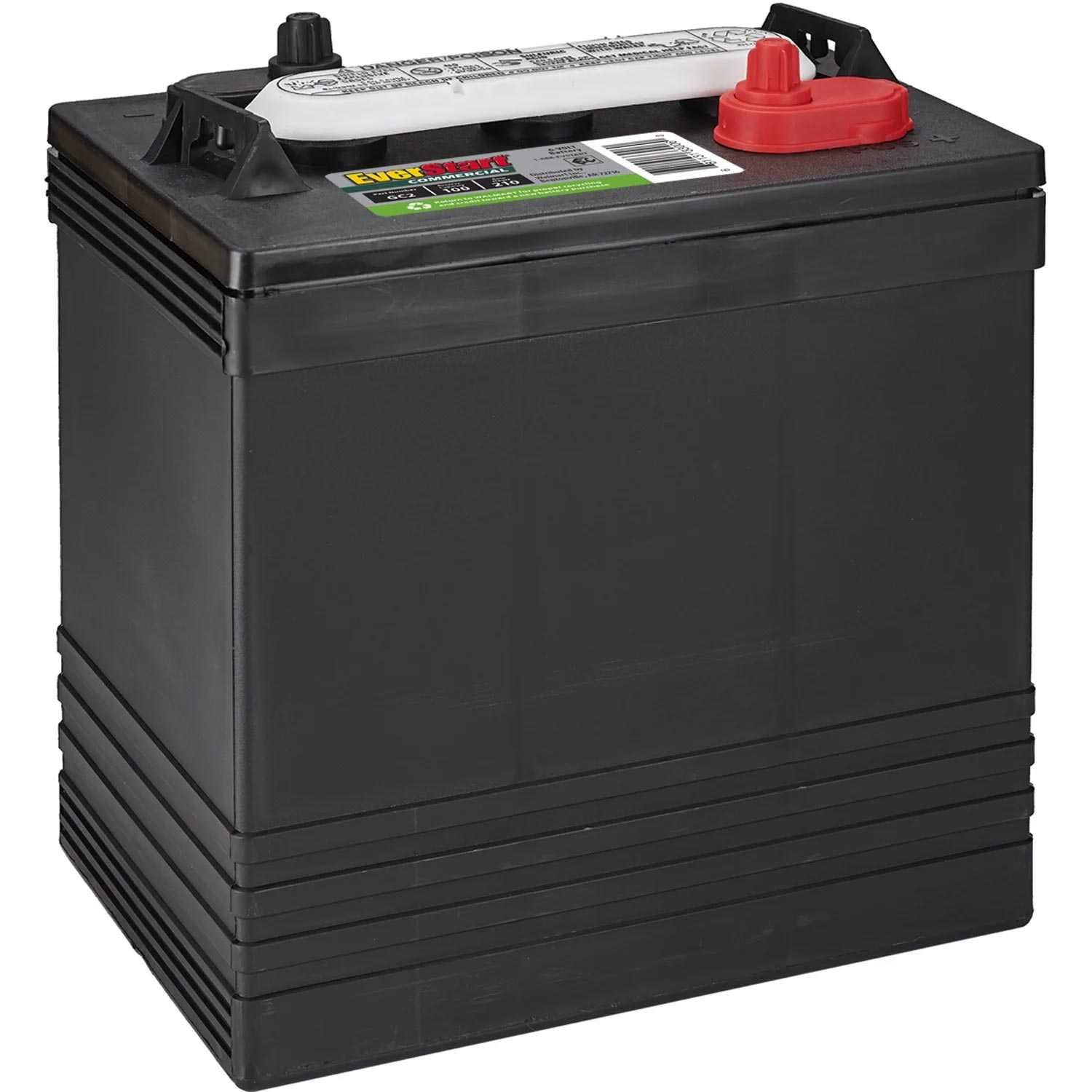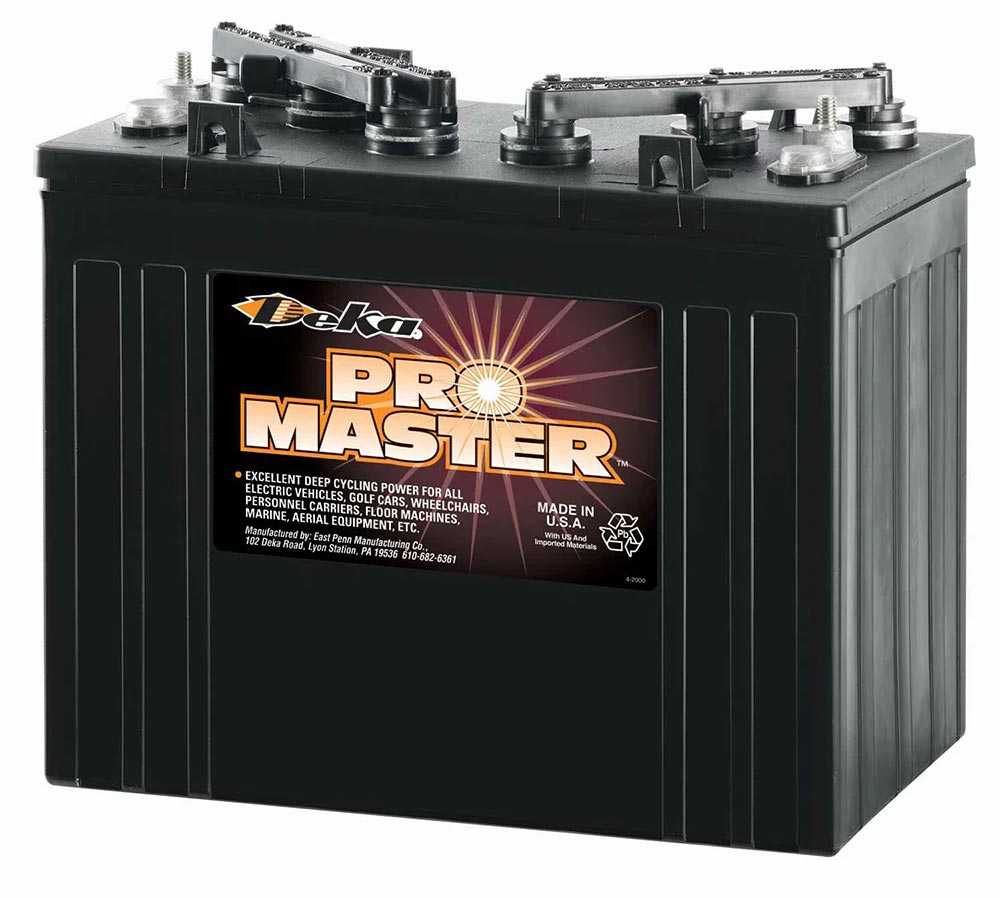What Is The Voltage Of A Motorcycle Battery?
While some oldtimer motorcycles still operate at 6V, but they are rather rare, most motorcycles have 12V electrical systems. In addition to starting the internal combustion engine, motorcycle batteries provide power for lights and other electric systems when the engine is off. A simple multimeter can be used to measure the actual condition of a battery in a variety of situations.

#post_seo_title
Motorcycle Batteries Chemistries
Motorcycle batteries can be starting lead-acid and lithium batteries.
Flooded/Wet Lead-Acid batteries
They must be operated in an upright position since they are not spill-proof batteries. It is also necessary to add distilled water occasionally since they lose water over time, especially during hot weather.
Gel-Cell Lead-Acid batteries
A gel-cell lead-acid battery is spill-proof, maintenance-free, and works anywhere except upside down. In a gel-cell battery, electrolytes are suspended in silica in the form of gel. A gel-cell battery is very vibration resistant and has a low self-discharge rate.
Absorbent Glass Mat (AGM) Lead-Acid batteries
It is another type of spill-proof and maintenance-free Lead-Acid battery that can operate in any position except upside down. As a result of their mechanical robustness and good electrical features, AGM batteries are a popular choice for people looking for lead-acid motorcycle batteries.
Lithium motorcycle batteries
The majority of lithium motorcycle batteries are based on LiFePO4 chemistry, known for its stability and strong performance. However, there are also Lithium Polymer options available that boast fantastic performance, although they may not be the most stable option in my opinion. It is important for all lithium batteries to have a built-in Battery Management System to prevent issues such as overcharging or over-discharging. While lead-acid batteries are still the preferred choice for many motorcycles, lithium batteries are becoming increasingly popular due to their enhanced starting capabilities, weight reduction advantages, and additional features not found in lead-acid batteries.
Lead-Acid Battery Voltages
Voltmeters are useful for checking the voltage of motorcycle batteries in various situations.

#post_seo_title
The lead-acid battery voltages are as follows (measured at 77°F/25°C) when the motorcycle is completely off (ignition key out):
| Type | 100% SoC | 75% SoC | 50% SoC | 25% SoC | 0% SoC |
| Flooded/Wet | 12.65 volts | 12.45 volts | 12.24 volts | 12.06 volts | 11.89 volts |
| AGM | 12.80 volts | 12.60 volts | 12.40 volts | 12.00 volts | 11.80 volts |
| Cranking Possible | Yes | Yes | Probably Yes | Probably No | No |
Depending on the type of battery (Calcium Enhanced AGM, Enhanced Flooded, etc.), these values may vary slightly. AGM batteries typically have a voltage between Flooded and Gel-cell batteries, but this can also vary depending on the model. Please refer to the battery’s documentation for exact voltages. However, this information is not always included in the documentation.
Lithium Battery Voltages
As a rule, motorcycle lithium batteries have a nominal voltage of 12.8 volts. Lithium batteries are equipped with BMSs that monitor battery voltage and charge to prevent overdischarge. A battery’s cutoff voltage varies according to model, but usually ranges between 10.0 and 11.5 volts. If the battery voltage falls below a certain level, the BMS disconnects the battery.
Lithium Battery Reset Button
Occasionally, lithium motorcycle batteries are reset by the battery management system when the actual voltage falls below a certain level, causing the battery to switch off. When the user presses the reset button, the BMS connects the battery for a final cranking attempt after it still holds enough charge. As soon as the engine starts, the motorcycle alternator recharges the battery, along with the charge controller.

#post_seo_title
Battery Voltages With The Engine On
When the idle engine exhibits a low or non-existent charging current, it’s important to ensure that the charging system is functioning properly. One way to do this is by revving the engine to 2000+ RPM and checking the voltage. A reading between 13.5 and 14.5 volts indicates that the battery is receiving a sufficient charge. However, if despite a sluggish start, the voltage still falls within the 14+ range at 2000+ RPM, it suggests that while the charging system is effective, the battery may have trouble holding a charge.
On the other hand, if the battery successfully starts the engine but registers a voltage of around or slightly below 12.5V even at 2000+ RPM, it suggests an issue with the motorcycle’s charging system.
How To Charge The Motorcycle Battery
If the motorcycle battery is low, there are a few options for recharging it. One way is by riding a bike for 60-120 minutes, while another is by using an advanced battery charger. These chargers first analyze the battery before determining the appropriate charging method. Lead-acid batteries typically require currents between 0.10-0.15C, while lithium batteries can handle stronger currents around 0.5C. As a result, smart lead-acid battery chargers with 1-3 Amps can recharge most lead-acid motorcycle batteries, whereas smart lithium battery chargers with 3-10 Amps are suitable for recharging lithium motorcycle batteries.
Conclusion
It is possible to tell the condition of the motorcycle charging system and battery by monitoring the voltage of the motorcycle battery. Extreme temperatures, mechanical impacts, and vibrations are the biggest killers of properly maintained motorcycle batteries.
During winter and summer, keep the motorcycle in the garage and ride safely…

